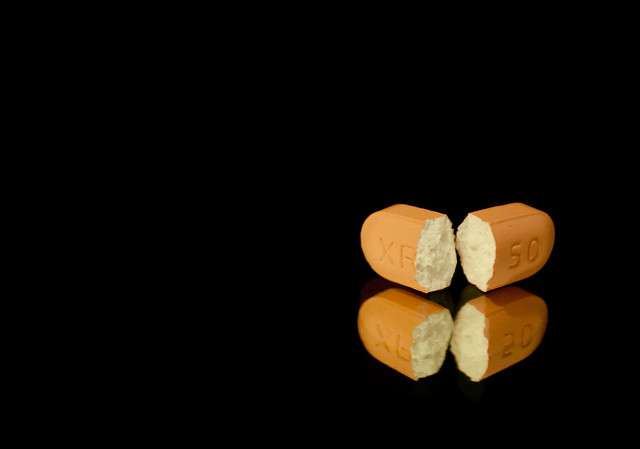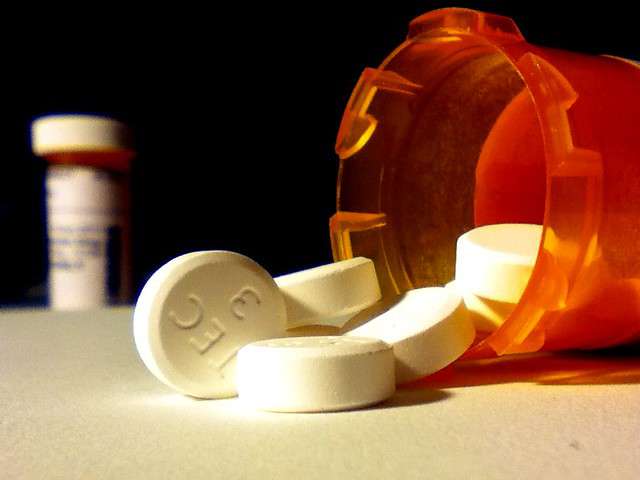
Spectral analysis is one of the most common methods of analysis is pharmaceutical testing. UV-visible spectrophotometry can identify organic compounds and quantify data that conveys information about pharmaceutical stability. This economic and reliable method of analysis provides a qualitative assay that is valuable in maintaining drug performance and safety.

Stability testing in pharmaceutical with UV-visible spectroscopy provides a quantitative analysis, keeping the balance between quality, performance and safety. Image Source: Flickr user winnifredxoxo
The Importance of Drug Stability
Pharmaceutical stability refers to the capability of specific drug substances to maintain an established standardized level of potency and purity for a specified period of time. Sustaining these elements is important for both performance quality and patient safety. Testing the chemical, physical, and microbial properties of pharmaceutical compounds are all important in keeping this balance and ensuring desirable results. Spectral analysis is an essential tool when comes to pharmaceutical analysis and maintaining prescription drug quality and safety.

Spectral analysis can be used to determine the various properties of pharmaceutical compounds and evaluate these compounds for quality and safety. Image Source: Flickr user Derek Gavey


